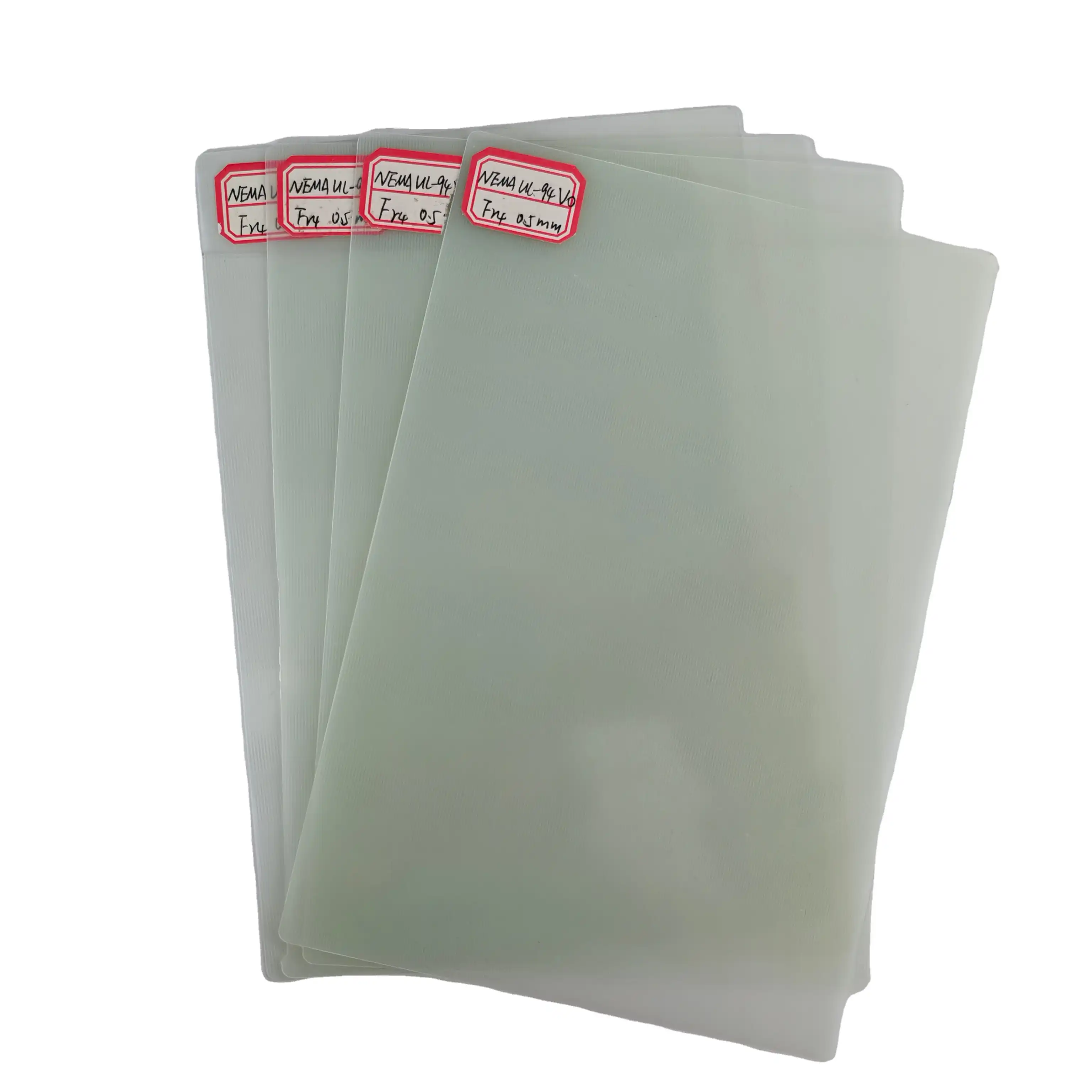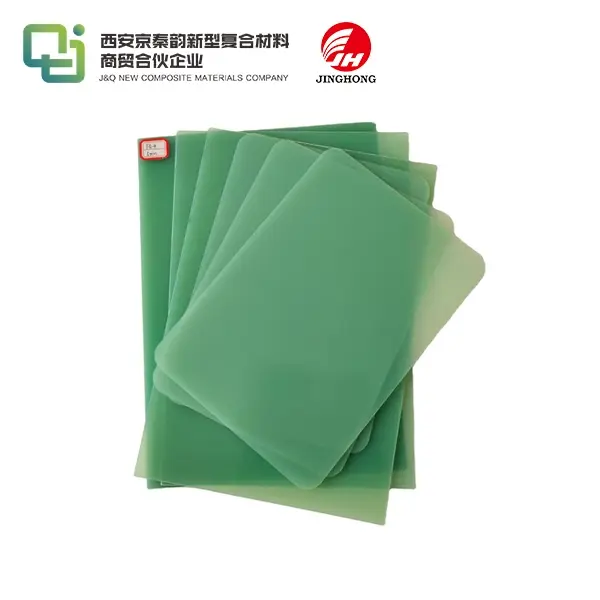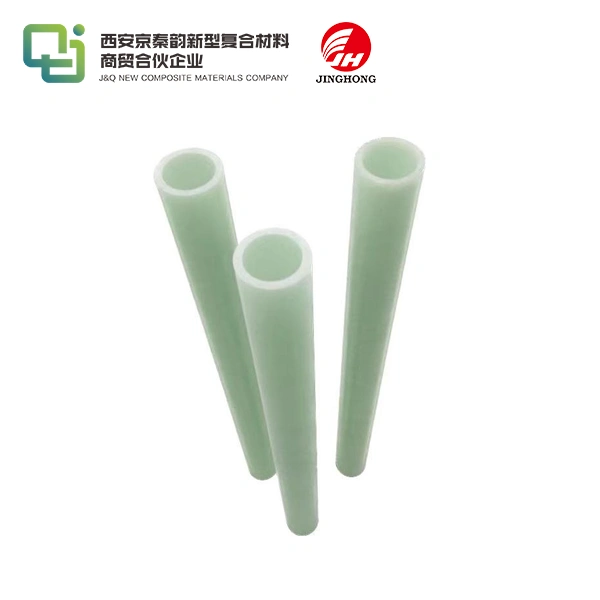How Does Phenolic Paper Laminate Compare to Other Laminating Materials?
2024-07-24 15:21:42
Phenolic paper laminate is a popular composite material that is well-known for its remarkable strength, electrical insulating qualities, and chemical and moisture resistance. But with so many laminating materials on the market, it's critical to know how phenolic paper laminate differs from the competition. This blog discusses the advantages of phenolic paper laminate over other laminating materials and looks at its special qualities.
What are the Advantages of Phenolic Paper Laminate Over Fiberglass Laminates?
Fiberglass and phenolic paper laminates are both popular in a variety of industries, but their advantages differ depending on the application.
Cost and Availability The fact that phenolic paper laminates are less expensive than fiberglass laminates is one of their most significant advantages. Due to the simpler manufacturing procedures and lower costs of raw materials, the product typically have lower prices. As a result, phenolic laminates are a more cost-effective choice for a lot of applications, especially in times when money is tight.
Compared to fiberglass laminates, cutting, sizing, and drilling the product is simpler. Phenolic laminates are better suited for applications requiring intricate work or complex shapes due to their ease of fabrication and subsequent cost and time savings.
Electrical Protection Properties Although both materials provide excellent electrical protection, phenolic paper overlay has a slight advantage in some applications due to its superior circular segment resistance and higher dielectric strength. Due to these characteristics, it is ideal for high-voltage electrical components requiring superior insulation performance.
Factors affecting weight Most of the time, fiberglass laminates weigh more than it. Phenolic laminates offer a significant advantage by reducing overall weight without sacrificing strength or durability in industries like automotive and aerospace where weight is a significant factor.
Environmental Impact Phenolic paper laminates typically have less of an impact on the environment than fiberglass laminates. Phenolic laminates are made with fewer harmful chemicals to the environment and less pollution. Moreover, phenolic paper overlay is simpler to reuse or discard, upgrading rehearses that advance maintainability.
Comparison of Applications Despite their adaptability, two materials excel in distinct applications:
- Laminate made of phenolic paper: Due to its excellent electrical properties, ease of fabrication, and affordability, it is preferred for use in electrical insulation, automotive components, and industrial machinery.
- Laminates coated with floss: more frequently used in structural, aerospace, and marine applications that need to be more resistant to temperature and stronger mechanically.

How Does Phenolic Paper Laminate Perform Against Epoxy Laminates?
Epoxy laminates are yet another popular choice for laminate materials. Let's compare their performance to that of phenolic paper laminates.
Epoxy laminates are well-known for their high mechanical strength and durability. They are excellent for high-stress applications due to their predominant load bearing limit and mechanical pressure obstruction. Despite being slightly weaker, laminates outperform epoxy laminates in terms of mechanical strength. Phenolic laminates are frequently used in applications where ultimate strength is not the primary concern due to their durability and other advantages.
Thermal Stability Epoxy laminates can withstand higher temperatures without deteriorating, despite being both thermally stable. Due to their high temperature resistance, epoxy laminates are ideal for high-temperature applications like aerospace components and industrial machinery that operate in extremely hot conditions. The product may not perform as well at extremely high temperatures despite its thermal stability.
Epoxy laminates that are chemically resistant stand out because they can withstand a wide range of chemicals when exposed to them, including acids, alkalis, and solvents. Despite their superior chemical resistance, epoxy laminates may outlast laminates in highly corrosive environments. As a consequence of this, epoxy laminates are the material of choice for chemical processing and storage.
Electrical Properties Epoxy laminates typically lack phenolic paper laminates' electrical insulation properties. Due to its increased dielectric strength and arc resistance, it is ideal for electrical and electronic applications requiring superior insulation. Epoxy laminates are excellent insulators, but in some high-voltage applications, their electrical performance may not be as good as that of phenolic laminates.
Cost and Production Compared to epoxy laminates, which typically have lower manufacturing costs. For phenolic covers, the assembly process is simpler and uses less expensive unrefined materials, resulting in lower overall costs. Due to their cost advantage, phenolic laminates are the choice of many commercial and industrial applications where budget is a major consideration.
Environmental Concerns Although both materials have an impact on the environment, phenolic paper laminate is generally regarded as being more environmentally friendly. Epoxy laminates frequently contain environmentally and human health-threatening chemicals. Phenolic laminates, on the other hand, are a better choice for environmentally conscious applications due to their lower impact on the environment.
Applications in Comparison: ** Phenolic paper laminate:** with a focus on electrical properties, ease of fabrication, and cost, it is ideal for automotive parts, electrical insulation, and a wide range of industrial applications.
Stone flooring: ideal for chemical, strong, and high-temperature applications like aerospace, heavy industrial machinery, and chemical processing.
In What Ways Does Phenolic Paper Laminate Differ from Melamine Laminates?
Melamine laminates are widely used in both residential and commercial settings due to their durability and aesthetic appeal. The following is a comparison between phenolic paper laminates and melamine laminates:
Surface Finish and Aesthetic Melamine laminates are well-known for their attractive surface finishes, which come in a variety of colors, patterns, and textures. They are frequently used to decorate countertops, cabinets, and furniture. Phenolic paper covers are useful and last a long time, but they rarely come in the same stylish options. It is not suitable for applications where aesthetic appeal is important because its primary focus is on performance rather than appearance.
However, the two materials differ in their durability. They can withstand wear. Because they resist stains, scratches, and general wear and tear, melamine laminates are ideal for surfaces that see a lot of use. On the other hand, the laminate excels in its resistance to moisture, mechanical stress, and chemicals. Consequently, it is better suited to technical and industrial applications requiring these properties.
Melamine laminates have a lower resistance to heat than laminates do. Melamine can withstand moderate heat, but prolonged exposure to high temperatures can cause it to degrade or change color. Because it maintains its performance and integrity in environments with high temperatures, which is a better choice for applications involving heat.
Resistant to Chemicals Melamine laminates are more chemical-resistant than the product. Consequently, phenolic laminates perform better in environments like laboratories, automotive components, and manufacturing facilities that frequently involve chemical exposure. Melamine laminates are resistant to some chemicals, but in environments with high corrosiveness, they are less durable.
Electrical Properties While laminates are designed to be excellent at insulating electricity, melamine laminates are not frequently utilized due to their ability to conduct electricity. Which is the obvious choice for applications involving electrical components due to its high dielectric strength and arc resistance.
Cost Factors Melamine laminates typically have a lower price tag than laminates. Due to its low cost and ease of production, melamine is a popular material for decorative and mass-produced furniture. However, the higher performance characteristics of phenolic paper laminate make up for its higher price in more demanding technical and industrial applications.
Impact on the Environment In spite of the widespread belief thatlaminates are better for the environment, both the products and melamine laminates have an impact on the environment. For example, formaldehyde is one of the harmful chemicals used in the production of melamine. Phenolic paper laminates typically have a smaller overall environmental impact despite the use of chemicals.
Applications in Comparison: Phenolic paper laminate: preferred for applications requiring high chemical and heat resistance, automotive components, industrial and technical applications, and other areas.
- Melamine-based laminates: ideal for furniture, decorative applications, and surfaces that must resist stains and scratches.
Conclusion
Phenolic paper laminate stands out in the realm of laminating materials due to its excellent electrical insulation properties, mechanical strength, and resistance to moisture and chemicals. When compared to other laminating materials such as fiberglass, epoxy, and melamine laminates, which offers distinct advantages in specific applications. It is more cost-effective, easier to fabricate, and environmentally friendly, making it a preferred choice for electrical insulation, automotive parts, and industrial uses. By understanding the unique benefits and limitations of each material, industries can make informed decisions to enhance performance, safety, and cost-efficiency in their applications.
References
1. **"Phenolic Laminates - Characteristics and Applications," Professional Plastics.** Accessed at: https://www.professionalplastics.com/PhenolicLaminates
2. **"Fiberglass Laminates: Properties and Uses," MatWeb.** Accessed at: https://www.matweb.com/search/datasheet.aspx?matguid=12346
3. **"Epoxy Laminates: Performance and Applications," CompositesWorld.** Accessed at: https://www.compositesworld.com/articles/epoxy-laminates-performance-and-applications
4. **"Melamine Laminates: Features and Uses," Formica Group.** Accessed at: https://www.formica.com/en-us/articles/all/what-is-melamine-laminate
5. **"Electrical Insulation Materials," Elmelin Ltd.** Accessed at: https://www.elmelin.com/electrical-insulation-materials
6. **"Chemical Resistance of Composite Materials," ScienceDirect.** Accessed at: https://www.sciencedirect.com/topics/materials-science/chemical-resistance
7. **"Thermal Properties of Laminating Materials," ResearchGate.** Accessed at: https://www.researchgate.net/publication/33456789_Thermal_Properties_of_Laminating_Materials







